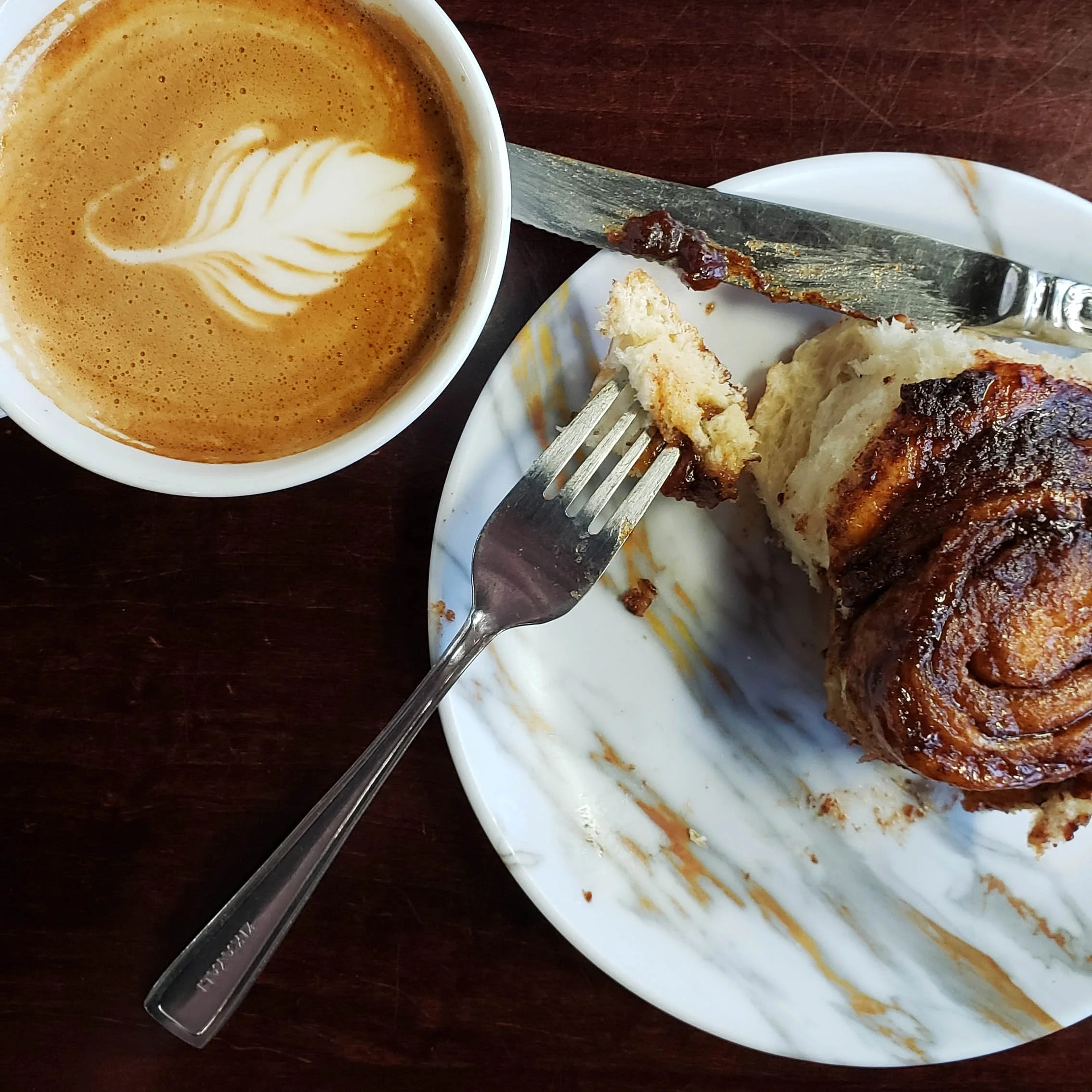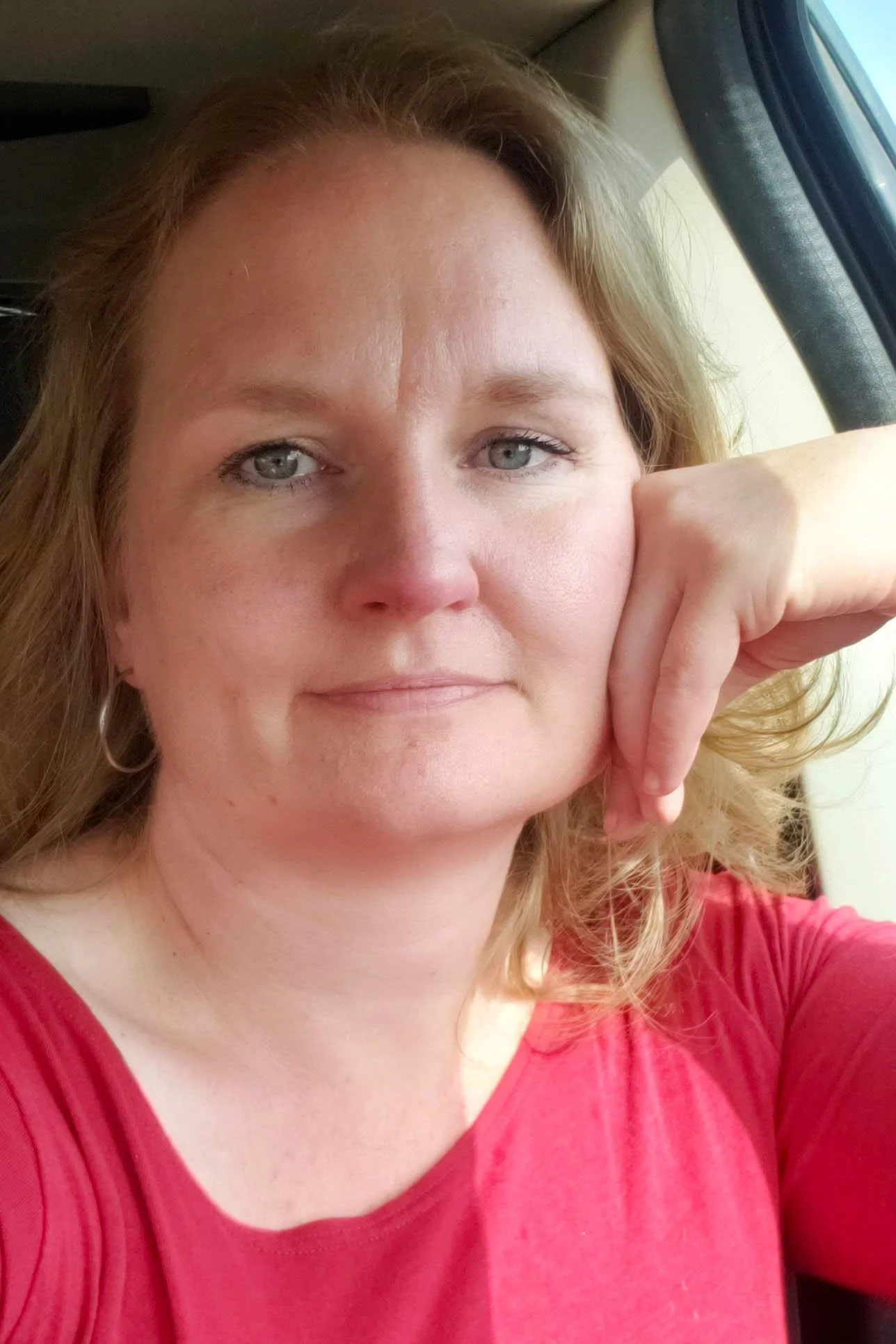Slower
All three of my sons are learning to drive right now, all at various stages of experience. Driver training is being provided by us, the parents (so far). Mostly by Jason, thankfully, because I’m… well, I think I tend to over-teach. This can be confusing and overwhelming for the student, which, in a driving scenario, isn’t great.
Anyway, it’s interesting to see how each of their personalities plays out in this arena, and what tendencies they have. My oldest son drove the family to a wiener roast at my mom and step-dad’s the other night, and I (literally back-seat driving, since Jason was in the front) kept exclaiming about how driveways were not the Indy 500. Monkey needs encouragement to go faster sooner. And Superkid needs encouragement to be aware of everything around him.
Free stock photo taken by Cory Bouthillette. Courtesy of Unsplash.
Jason and I spent the last two weeks on holidays. We did a stay-cation at home, and it was wonderful—exactly the break that I needed. Except, maybe not enough.
I mean, I was so close to total burnout again. Jason sees it, and he’s concerned. I’m also concerned, of course.
In fact, I was initially only going to take one week of holidays and ended up extending it to two. Even today, as I am supposedly jumping back into work, I’m doing so with fear and trembling (and kind of slowly, as evidenced by this blog post being my first priority). Because I know my natural tendency is to treat my career like the Indy 500—to lay on that gas pedal until all my fuel is gone before I’ve even reached my next pit stop.
And that needs to change.
The Productivity Trap
I’ve always been very driven, and that drive has led me to pursue ever-more-demanding ways of being as efficient and productive as possible. It’s so ironic that I spent the last six years since I decided I wanted to be a writer for a living learning how to be as productive as possible, becoming hyper-focused on my goals and productivity. Did it move the needle? Yes. But slowly, and at the expense of things I’m not sure were worth the cost, such as my health and precious memories I could have made with my kids if I hadn’t been working so much.
So now, I need to hyper-focus on doing the opposite. I need to learn to slow down.
For the sake of my mental health, I need to get excited about my other interests again. Last week, as a “for fun” personal project (that was a little bit worky, I admit), I updated my website template for the first time since moving to Squarespace in 2014. It was definitely due, but it's such a massive project that it’s not something I would normally prioritize. I like working on websites—I find it very creative, and solving the unique problems presented by the design and purpose of the website combined with the template restrictions is very satisfying.
Anyway, in the process, I tackled a project that’s also been hanging on since 2014—updating the outdated and broken category tags that Squarespace converted all the Blogger tags to on my imported blog posts. (Still not done, but I made progress.) And that means I was reading a lot of blog posts from 2006 to 2014, and reminding myself of what I used to do before I worked fifty to seventy hours a week.
I was in a different stage of my life then, when my career was something I had deliberately put aside for the sake of child-rearing, so I’m thinking back on those times with a grain of salt. I remember how frustrated I often was at my lack of progress on even my hobbies. Even if it wasn’t career-oriented, I always had a lot of projects going on, stuck in at the edges of my very full life. (These were the years I embraced the mantra “Slow progress is still progress”—which I’ve now put on my merch.)
But seeing all the things I was doing for hobbies—which I still love, but rarely make time for—rekindled the spark to do them again. Especially scrapbooking and sewing.
Over the past two weeks, as I started to unpack that feeling of retraction I had every time I thought about going back to work, I realized it wasn’t that I don’t want to do things. I always want to do things. (I haven’t logged the hours I spent on my website and blog project last week, but I bet it was at least 20 hours.) It’s that I didn’t want to have the pressure to output so much.
And most of that comes down to social media.
I’m always experimenting with marketing, and as an experiment while launching Every Star that Shines, I had the most dedicated and broad social media push that I’ve ever done. That included starting a TikTok account, posting on Instagram at least six days a week, and blogging once a week.
By far, the biggest time and energy suck was TikTok, because making videos and coming up with interesting content for the platform required me to develop whole new skillsets and exercise my creativity in completely new directions.
Even though I admit that I entered that arena begrudgingly, by the end, I was enjoying it more than not—though I was definitely not in love with it. I learned new skills, like video editing in Canva, and got way more comfortable in front of the camera. I definitely see the value of connecting with my audience through video in a way I never would have otherwise. But, looking back, I think it was TikTok that contributed to my burnout the most.
I’ve been on an almost-total social media fast for the last two weeks, and it’s been wonderful. I’ve broken the habit of checking social media first thing in the morning. And I don’t want to go back there.
The problem is, with my personality, I know that if I’m posting regularly, I’ll also be checking regularly. And I don’t think that added connection with my audience is worth sacrificing my mental health.
Speaking of slowing down, I got to enjoy this treat with my hubby on Saturday morning at our local coffee shop, Java Domain. It was amaze-balls. And I totally didn’t post it to social media. (Not yet, anyway, lol.)
Baby Steps
One of the first things I did on my holiday was to rethink my weekly schedule, the one that had been running me into the ground. I ran numbers and made projections and got comfortable with the idea of slow, steady growth for the next few years instead of the big jumps I’d previously been shooting for. It helped that my husband is on board with this plan. (I definitely wouldn’t be okay with doing this otherwise.)
But, as my holiday went on, I continued to rethink how I approach work. I’ve been the Productivity Queen for so long, with a super-time-blocked schedule and the knowledge of exactly how much I could accomplish in a day. And I’m just so tired of that pressure.
So, I’m going to try something different for a while. My plans will look more like choosing the top priorities for a week and working on them as my spirit moves. There will still be a loose plan of when each of those things will receive my attention, but I’m going to let my internal compass decide what needs to be done when.
I know me. I’m not going to slack off and do nothing. (I couldn’t even manage it for two weeks of holidays!) But I hope this will take the rigidity out of my schedule and allow me to make space for more time with my family and more time for myself.
And if that means my next book (a Christmas story) isn’t published until February?
Well, that’s the way it has to be.
Because, for the sake of my mental health, I need to take things slower for a while.
This is me remembering to take a moment to breathe and think.
Do you struggle with the pressure to perform? Or always feeling like you’re behind or missing out on what others are doing? How have you addressed that, or do you feel like you even need to?
Let me know in the comments below.
Happy Monday, friend!
P.S. While on holidays, I discovered the podcast Live Free Creative by Miranda Anderson through her episode about Slow Productivity. I’ve really been enjoying her other episodes too, and recommend you check it out.
The concept of Slow Productivity was previously discussed from the angle of ways to address burnout in this thought-provoking article in the New Yorker. Looks like I need to start thinking of my “Slow Progress is Still Progress” mantra from a different angle—instead of a boon for a workaholic frustrated by lack of progress, I need to see it as a life goal, a state of being to aspire to—to make progress slowly enough that I have room in my life to enjoy the life I’m living now.
One of my mugs in action for morning coffee while I was surveying my garden and yard recently.






